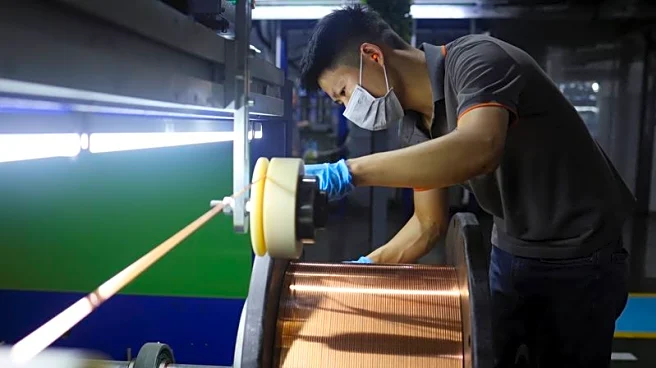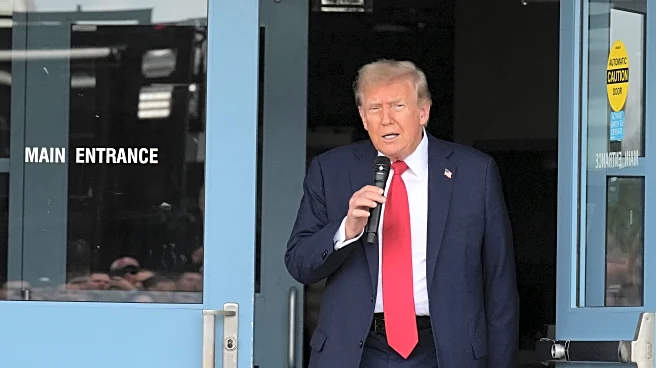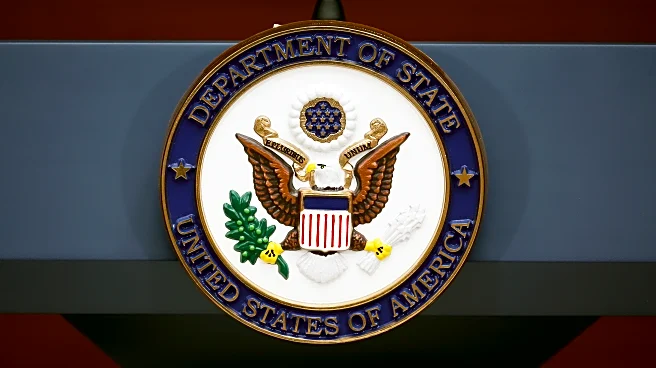Rapid Read • 8 min read
A Chinese copper company has announced a $100 million investment in a new manufacturing facility in Grand Prairie, Texas. This strategic move is designed to circumvent the 50% tariff imposed on imported copper wire and other semi-finished copper products. By establishing production capabilities within the United States, the company can avoid these tariffs while maintaining access to refined copper, which remains exempt from such duties. The Texas factory is expected to begin operations in late 2025 and aims to achieve an annual production capacity of 3,000 metric tons of copper flat wire by 2028. This investment not only provides a solution to tariff challenges but also positions the company to serve major automotive and industrial markets across North America, with Stellantis already secured as a client.
AD
This development is significant as it highlights a strategic adaptation to the ongoing US-China trade tensions. By manufacturing within the US, the Chinese company can offer competitive pricing and stable supply chains to American customers, who are otherwise affected by tariff-induced price increases. This move aligns with US industrial policy goals by enhancing domestic manufacturing capacity, creating jobs, and reducing dependency on international logistics. The investment also reflects a broader trend where medium-sized Chinese enterprises are finding ways to navigate complex regulatory environments and geopolitical uncertainties, potentially setting a precedent for future cross-border investments.
The success of this investment could encourage similar strategies by other Chinese manufacturers, particularly if US-China trade relations improve. The current trade truce provides a window for companies to assess market conditions and plan investments. However, the future of such investments will largely depend on the trajectory of ongoing trade negotiations. A comprehensive trade agreement could further incentivize Chinese manufacturers to establish US operations, while continued tensions may limit this approach to smaller, less visible companies.
This case study illustrates how geopolitical tensions can create unexpected opportunities for businesses that are able to adapt strategically. The Texas facility not only serves as a protective measure against tariffs but also contributes to local economic development and aligns with US policy objectives. The approach taken by the Chinese copper firm could become a model for other industries facing similar trade barriers, emphasizing the importance of flexibility and strategic positioning in international business.
AD
More Stories You Might Enjoy












